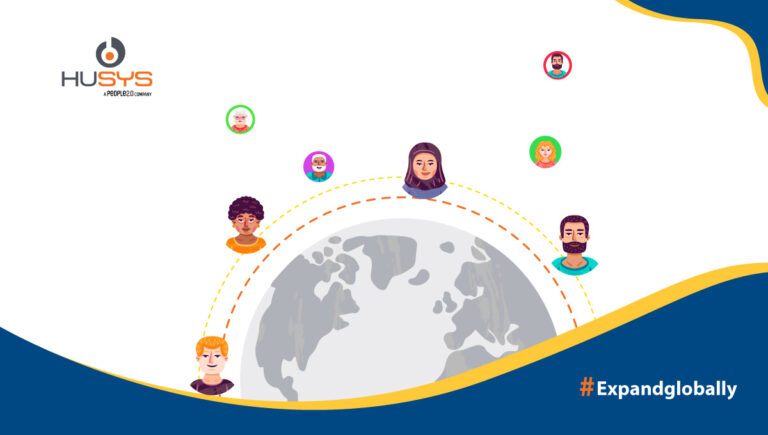A workforce strategy refers to a form where all the actions are taken to acquire, retain, develop, motivate employee for an organization’s mission. It requires strong leadership, vision, mission, objective and efforts in functional areas. The key aspects of workforce strategy are budget and strategic planning. As an HR professional it is important to identify the key competencies that are required in the workforce like recruiting, development etc. A workforce strategy provide mangers to anticipate certain changes and provide strategic methods for addressing present workforce issues. It also provides managers the means of identifying the competencies needed in the workforce not only in the present, but also in the future and then selecting and developing that workforce. These strategies allow organizations to address systematically all the issues and trends that are driving the workforce change.
As the pandemic has created a huge damage to the global economy in the past few months since the lockdown. It has created a disruption in the labour markets and the supply chains due to which millions of people have lost their jobs and livelihood. In the post-COVID-19 scenario all business leaders and HR professionals are trying to create different workforce strategies that will help in better team work, creating flexibility and avoiding travel for meetings and create a functional office at home. Companies are following more work from home policies and that will help in a good work life balance and enhancement of productivity.
Here are some workforce strategies that need to be implemented post COVID as an HR.

Flexibility in Workplace
Before the pandemic organizations used to follow 9-5 shifts as it was providing more to the economy. Since the lockdown began it has become important to provide flexibility in one’s work timing as people have started working from home now and some employees may become unwilling to return to in office working hours due to the situation. Some may choose to be forbearing than others but now the trend has changed. Companies are now saying that employees don’t need to be in office for longer hours every day and are creating flexibility and allowing employees to leave early one day and make up for their time some other day.HOW PAYROLL OUTSOURCING CAN BE A BOON TO STARTUPS & SMES
Employee Personalization
Employee personalization is another important workforce strategy. Employees are an asset of the company and they want to be recognized for their work and the value they provide within the organization. During and post pandemic organizations will be offering more personalized benefits like tuition reimbursement etc. The idea is to provide wide range of options that will match all the unique standards and needs of employee.Employee Health Policies
Companies will now prefer to spend more on resources which will help in ensuring the wellbeing of their employees which includes regular health check-ups, better healthcare insurance, workplace hygiene, and liberal sick leave policies. As an HR professional it is good to enforce different stringent policies that helps in understanding employees. For instance, employees would now be allowed to work from home if they are able to deliver on the expected work or avail sick leaves.
Employee upskilling
Employee upskilling trend illustrates that employees want to feel appreciated for their work on an individual level. One-way employers are showing their appreciation is through upskilling. It helps in giving value to the employee and fill their knowledge gaps within the organization. Up skilling is a crucial aspect of workforce strategy.
Re-engagement
The pandemic has created many different opportunities to rework on workforce strategies. In addition to skilled employee, access is required to fulfil all the work requirements, re-engaging the workforce strategy will involve assigning meaningful work and as a team it will give a clarity and set right priorities. The current situation has created lots of new challenges that employees and administration might face as their work life balance should have flexibility while meeting the requirements of the needs.7 TRENDS THAT WILL RESHAPE FUTURE OF HR BEYOND COVID
New technology (AI)
Artificial intelligence (AI) will be a continuing trend post COVID 19 as employers require to reduce their cost because of the economy. Through AI organizations will be able to empower and achieve more than before. Now a days it is being used by HR professionals as it helps in better administration of human capital. Some of the employers are using AI systems to screen candidates and move prospective hires through the application process, saving all the unwanted hours while other employers are using AI to monitor employees so they can strategically address performance issues on an individual basis.
Thus, all these workforce strategies need to be implemented and due to COVID 19 situation that we all are in employees have started to accept the new normal but they are still adjusting with their work and thus organizations need to shift their focus towards a more human focused approach.
Would you like to create work force strategies to incline your employee performance and businesses? Write us to reach@husys.net or call us on +91 72040 12636.




